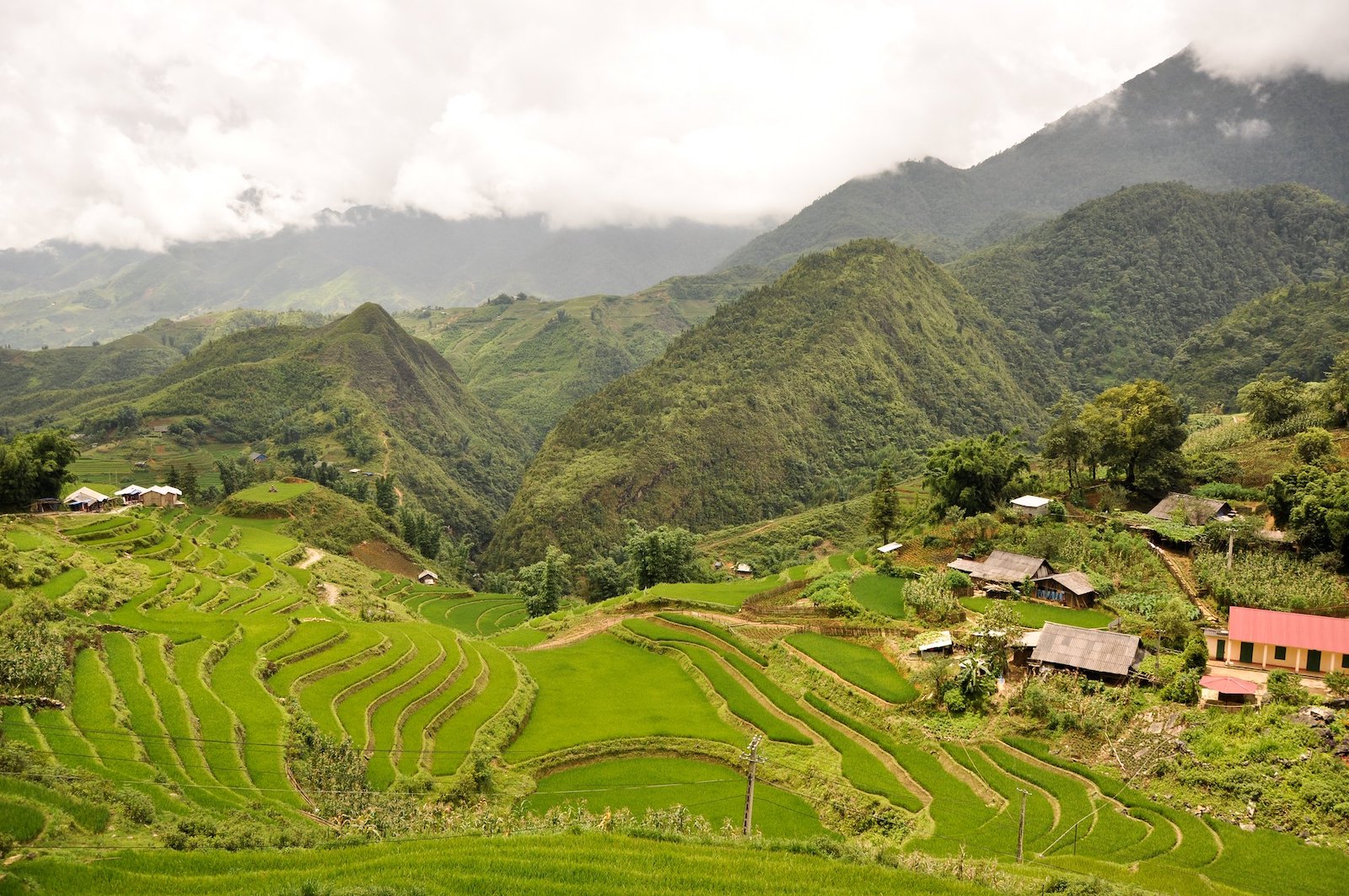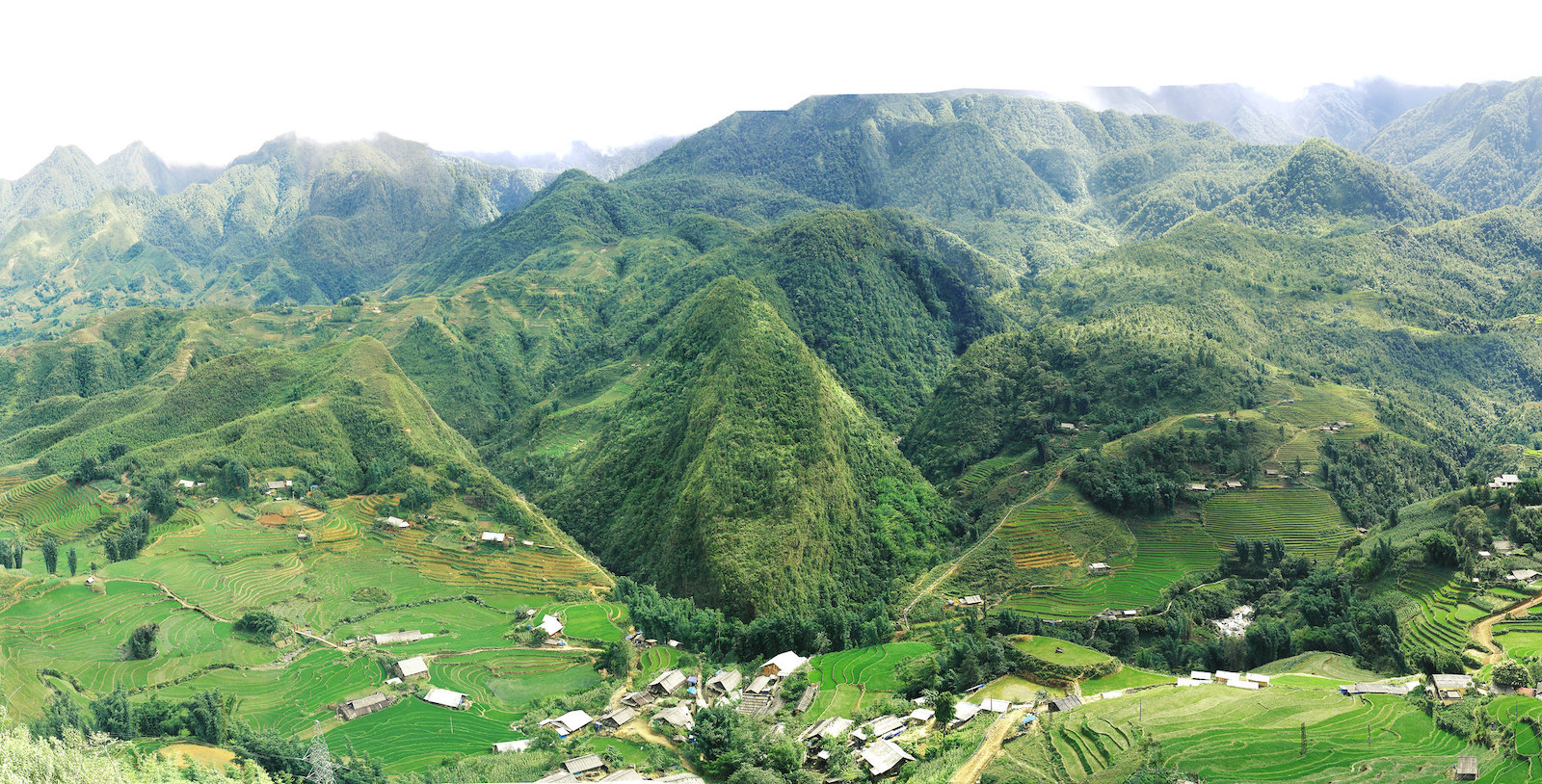The terraced rice fields of Sapa have become iconic due to their intricate design and unparalleled precision. Amazingly, this is all manmade and the locals use the same practices to cultivate their fields as their ancestors did centuries ago.
This is because the people of Sapa have always had a deeply close connection with nature. Its earliest settlers lived off the produce of the land, enduring miserable wet seasons and harsh, cold winters along the way.
Rice was (and still is) a valuable commodity due to its dense nutritional value and affordable prices. Generations of families have utilized the crop for their own dietary needs and economic gain, passing down their cultivating wisdom along the way.
What’s the purpose of terraced rice fields?

Sapa’s mountainous location means it’s susceptible to extreme weather. Flash floods, erosion, and strong winds are common hallmarks of Sapa’s climate and something the locals here are very much used to.
To combat the elements, farmers deliberately construct staircase-looking levels to the hills so that water can drain down as they please. This system gives them a lot of control of the water flow as opposed to letting water and nutrients cascade down the hill.
During the wet season, rice fields are often submerged in water and are completely dry by summer. The onset of winter gives a snowy charm to the terraced rice paddies, contributing to the famously stunning landscape of the region.
Getting There

Tourist-friendly terraced rice fields include the Muong Hoa Valley, Vu Lung Sung village, and the Y Ty Commune. You’ll be able to spot locals wearing their indigenous costumes and immerse yourself in an ancient way of life.
Sapa’s terraced rice fields are synonymous with rural charm and humble, honest living. Their spectacular appearance has been illuminating the hillsides for hundreds of years and will leave you awestruck and amazed by their ingenuity.
Details
Address: nearby Sapa, Lao Cai Province, Vietnam
Season: Year-round


 Stone Church – Sapa
Stone Church – Sapa